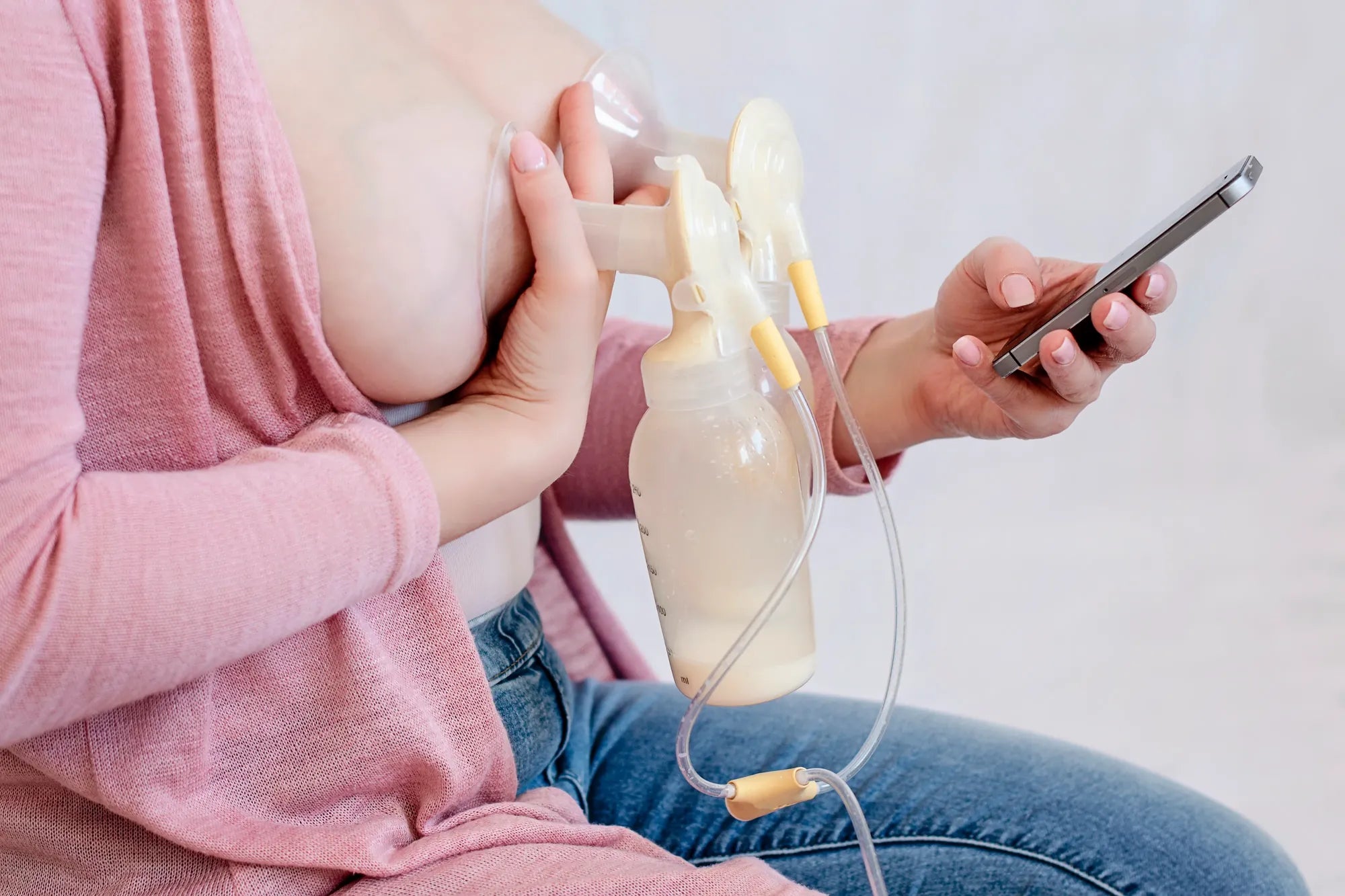Home
Pregnancy, Breastfeeding, and Pumping: The Ultimate Guide for Moms
How Do You Measure Your Nipple for a Breast Pump: A Comprehensive Guide

How Do You Measure Your Nipple for a Breast Pump: A Comprehensive Guide
When it comes to using a breast pump, ensuring the right fit is essential for both comfort and efficiency. One of the most critical steps in this process is measuring your nipple correctly. But how do you measure your nipple for a breast pump? This guide will walk you through everything you need to know to get it right.
Why Measuring Your Nipple Matters
Proper nipple measurement is crucial for several reasons. First, it ensures that the breast pump flange fits snugly without causing discomfort or pain. A poorly fitting flange can lead to issues such as soreness, reduced milk output, and even damage to the nipple tissue. Additionally, the right fit can make the pumping process more efficient, allowing you to express milk more effectively.
Tools You’ll Need
Before you start measuring, gather the necessary tools. You’ll need a flexible measuring tape or a ruler, a mirror, and a pen and paper to record your measurements. Make sure you’re in a comfortable, private space where you can focus on the task at hand.
Step-by-Step Guide to Measuring Your Nipple
Follow these steps to measure your nipple accurately:
Step 1: Prepare for Measurement
Wash your hands thoroughly to ensure cleanliness. It’s also a good idea to have a warm compress handy to help your nipple relax and become more pronounced, making it easier to measure.
Step 2: Measure the Diameter
Using your flexible measuring tape or ruler, measure the diameter of your nipple at its base. Place the tape or ruler directly against the skin and measure across the widest part of the nipple. Record this measurement in millimeters.
Step 3: Measure the Areola
Next, measure the diameter of your areola, the darker area surrounding the nipple. This measurement can help you determine the size of the breast shield or flange that will cover both the nipple and areola comfortably.
Step 4: Check for Symmetry
It’s common for one nipple to be slightly larger than the other. Measure both nipples and record the measurements separately. This will ensure that you choose the right size for each side.
Choosing the Right Flange Size
Once you have your measurements, you can use them to select the appropriate flange size. Most breast pump manufacturers provide a sizing chart that correlates nipple diameter with flange size. If your measurement falls between two sizes, it’s generally recommended to choose the larger size for added comfort.
Tips for Ensuring a Proper Fit
Here are some additional tips to ensure you get the best fit for your breast pump:
Tip 1: Reassess Over Time
Your nipple size can change over time due to factors such as breastfeeding frequency, hormonal changes, and weight fluctuations. It’s a good idea to remeasure periodically to ensure your flange still fits correctly.
Tip 2: Watch for Signs of Poor Fit
If you experience pain, redness, or swelling during or after pumping, it may be a sign that your flange is not the right size. Re-measure and consider trying a different size if necessary.
Tip 3: Seek Professional Help
If you’re unsure about your measurements or are experiencing persistent issues, consider consulting a lactation consultant or healthcare provider. They can offer personalized advice and help you find the perfect fit.
Common Mistakes to Avoid
When measuring your nipple for a breast pump, avoid these common mistakes:
Mistake 1: Measuring While Cold
Cold temperatures can cause your nipple to retract, leading to inaccurate measurements. Make sure you’re in a warm environment and use a warm compress if needed.
Mistake 2: Ignoring Asymmetry
As mentioned earlier, it’s common for one nipple to be larger than the other. Always measure both nipples and choose the appropriate size for each side.
Mistake 3: Using the Wrong Tools
A flexible measuring tape or ruler is essential for accurate measurements. Avoid using rigid or non-flexible tools that could distort the measurement.
Final Thoughts
Measuring your nipple for a breast pump may seem like a small step, but it can make a significant difference in your pumping experience. By taking the time to measure accurately and choose the right flange size, you can ensure a comfortable and efficient pumping session every time. Remember, if you’re ever in doubt, don’t hesitate to seek professional guidance to get the best fit for your needs.
Share

